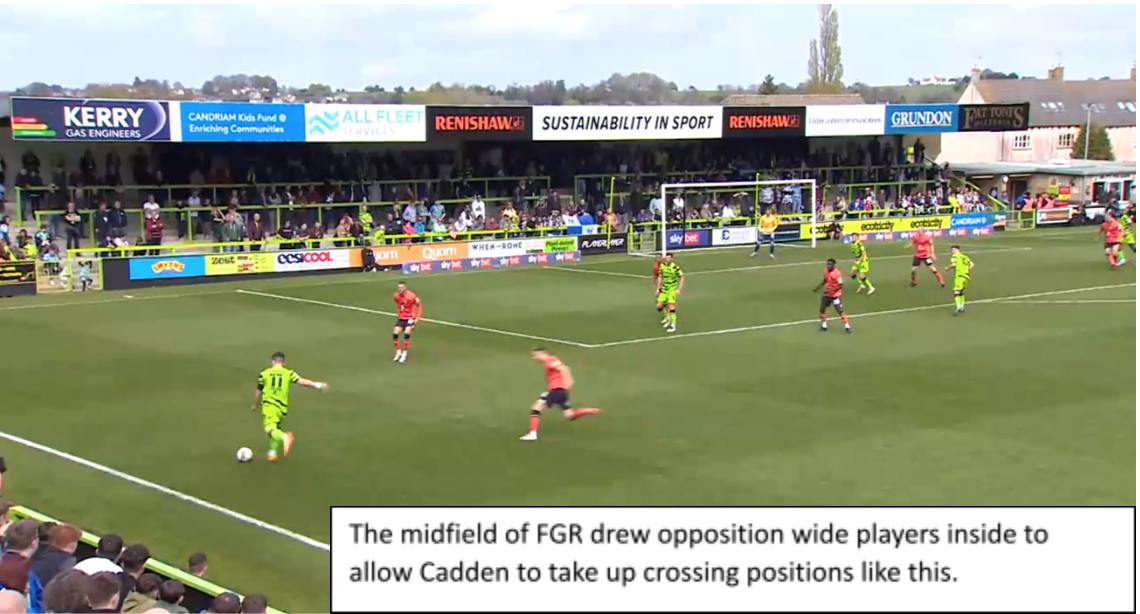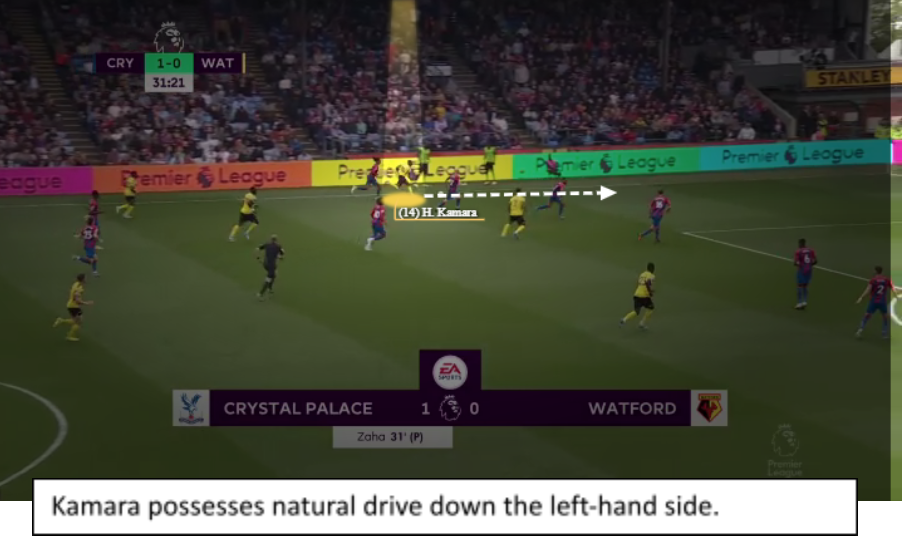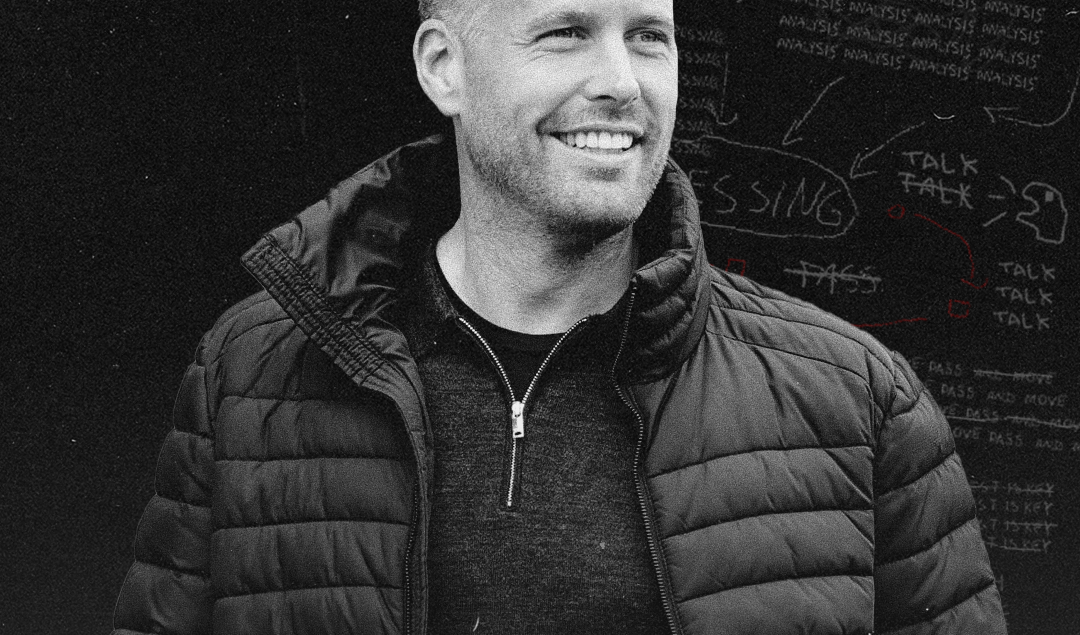Rob Edwards – Can He Change the Club Culture at Watford?
Rob Edwards’ appointment as head coach of Watford is one that raises many eyebrows, despite the success of a title-winning season with Forest Green Rovers. With a notoriously trigger-happy owner in Gino Pozzo, the Hornets haven’t been a club that likes to stick with the project as such.
This is why Edwards’ signing comes with a bit of confusion, but there are plenty of reasons why the new boss can entice them into some more patient decision-making. He made over 200 appearances during his playing career which spanned over each of England’s four football league tiers.
A tough centre-half during his playing days, Edwards retired at the age of 30 with hopes of pursuing coaching ventures. Injury issues prevented him from tying down regular spots during his time at Wolverhampton Wanderers and Blackpool, with ankle and particularly knee problems keeping him from nailing down his best form.
The former of the two clubs gave him a leg up onto the coaching ladder, aiding him with a role in the under-18’s side at Wolves. After demonstrating impressive attributes with the youngsters at Molineux he was promoted into the first-team set-up and became a permanent member of that in 2015, during Kenny Jackett’s reign.
Another Year, Another Relegation for Watford: What Went Wrong?
He then was thrust into the managerial limelight as next in line Walter Zenga departed the club, with Edwards appointed as interim where he took charge of games against Blackburn Rovers and Derby County which he drew and lost. But the former defender then departed the club along with the following boss, Paul Lambert at the conclusion of the campaign.
After a short foray into management at Molineux, the burly centre-back upped sticks and moved westwards to non-league AFC Telford United. The Bucks were competing in the National League North division, the sixth tier of the English football pyramid.
Edwards attempted to turn the tide of an ageing squad, using his connections at Wolves to bring in youngsters and lower the average age of the group. Ultimately, his reign at Telford didn’t earn him many plaudits, only managing an average of one point per-game.
Winning 11, drawing four and losing 21, his singular campaign left the Bucks in 14th, departing the Shropshire club at the end of the season. The remainder of his backroom coaching career came in youth football, returning to Wolves to become their under-23’s boss.
He spoke about wanting a ‘consistent group’ in a typically skewed under-23’s group, where players would often leave on loan or occasionally get broken into the first team. After leading them to the top tier of English youth football, the Premier League 2 Division One, Edwards left the Molineux for a role in the FA coaching setup.
This is where he’d expand his knowledge and hone in on those skills that he would use at Forest Green in his next managerial step-up. He coached England’s under-20’s and managed the under-16’s later on, finding his feet in both prestigious roles.
It was this reputation that would entice Forest Green to acquire his services, as they appointed him first team head coach after being impressed by his ‘footballing philosophy and his vision for the club’s future,’ as the club statement read.
His time at The New Lawn Stadium brought success and a first football league trophy for the village of Nailsworth, finishing as champions in EFL League Two.
Scoring 75 goals, and exceeding the division’s average by almost 20 goals and only bettered by play-off semi-finalists Swindon Town – Edwards helped light a spark in south Gloucestershire.
The 3-5-2 formation set out by the former boss placed greater emphasis on two wing-backs who would prove to be their biggest creative threat.
Kane Wilson signed following four temporary football league spells away from his parent club West Bromwich Albion and arrived with low expectations after loans with Exeter City, Walsall and Tranmere Rovers.
In a new right wing-back role, Wilson flourished and added a real spark to Edwards’ side, winning the League Two player of the year in the process.
Boasting the most progressive runs per 90 minutes played in the whole division with 4.55, Wilson added attacking flair to their right side. But despite his 13 assists, a total only matched by his opposite number on the left, Nicky Cadden, the left-hand-side was their most common attacking lane.

A league-high 494 crosses from the left-hand side meant they often drove into the left channel, looking for those in the centre. Cadden’s threat from free-kick’s and corners added an additional cannon into their armoury, with his left foot and Wilson’s right being the most prolific creative threat in the fourth tier.
Edwards encouraged his team to be more creative, with 8% of their through passes coming through the centre of the attacking third, higher than the league average. They made 3.38 key passes per 90 minutes, and this allowed them to be more than a ‘crossing side’.
The former Wolves, Norwich City and Shrewsbury Town defender also constructed a creative, yet prolific strike force. Jamile Matt and Matt Stevens had 26 and 28 goal contributions respectively, and were part of the reason Rovers got promoted, and that the crosses from wide areas were so effective.
The ‘Matt’ partnership worked well in tandem with each other, with Matt coming deep to receive the ball and hold it up and Stevens adding the poachers instinct in the box. After adapting a two-time successive play-off finishing side into a title-winning one, Edwards deserves immense credit.
–
The reward for completing the feat, the opportunity to move into the second tier with recently relegated Watford. A club not familiar with a ‘project’, Edwards has a task to prove to the owners that he’s the man to build for the future with.
Joel Piroe – The Former PSV Starlet Catching Leicester City’s Eye at Swansea
His immediate success is likely to depend on who he can keep at the club, with such a mish-mash transfer window last time out after their promotion with Xisco Munoz. With wing-backs such an essential part of what he achieved, it’s interesting to see how two of those current players shape up in comparison to the danger men at FGR.
Hassane Kamara was the starting left back during their relegation season and although his output in terms of numbers wasn’t anywhere near that of Wilson and Cadden. But there is a natural ability to drive to the touchline of the left channel and get a cross into the box.
Although his crossing numbers aren’t particularly efficient having not gained an assist during the campaign, he did manage 1.84 accurate crosses per 90 minutes played which will prove useful to Edwards should he stick around for the Championship campaign.

Jeremy Ngakia also looks a promising asset on the opposite flank, and a more attacking one than Kamara for that. Signed from West Ham in 2020, the speedy full-back has seen limited minutes during his time with the Hornets, often playing back-up to Kiko Femenia.
But with 2.63 accurate crosses per 90 minutes played and 3.32 successful dribbles made per 90 minutes played – Ngakia looks an ideal candidate for Edwards’ system. Watford suffered the second lowest number of key passes per 90 minutes played during the 2021/21 season, something that Forest Green showed so much promise with under Edwards.
The feeling is that if he gets that balance right in the attacking third, he can develop and adapt the Hornet’s forward line for the second tier. But the biggest hurdle for the 39-year-old to overcome is whether he can shift the often short-sighted problem around at Watford.
His biggest ploy at FGR was to develop the club culture, whether he’s able to change that at Vicarage Road is the biggest obstacle to thrust himself over.
He spent the first two weeks of his reign at The New Lawn holding one-to-one meetings with players to explain the clear vision he aimed to implement.
But the task at hand with Watford remains his biggest yet, and he has to get it right to ensure he remains a bright spark in the English management game.
By Louis Bent / @louisbent_
Featured Image: @GabFoligno / Mike Egerton – PA Images
All stats via WYSCOUT
